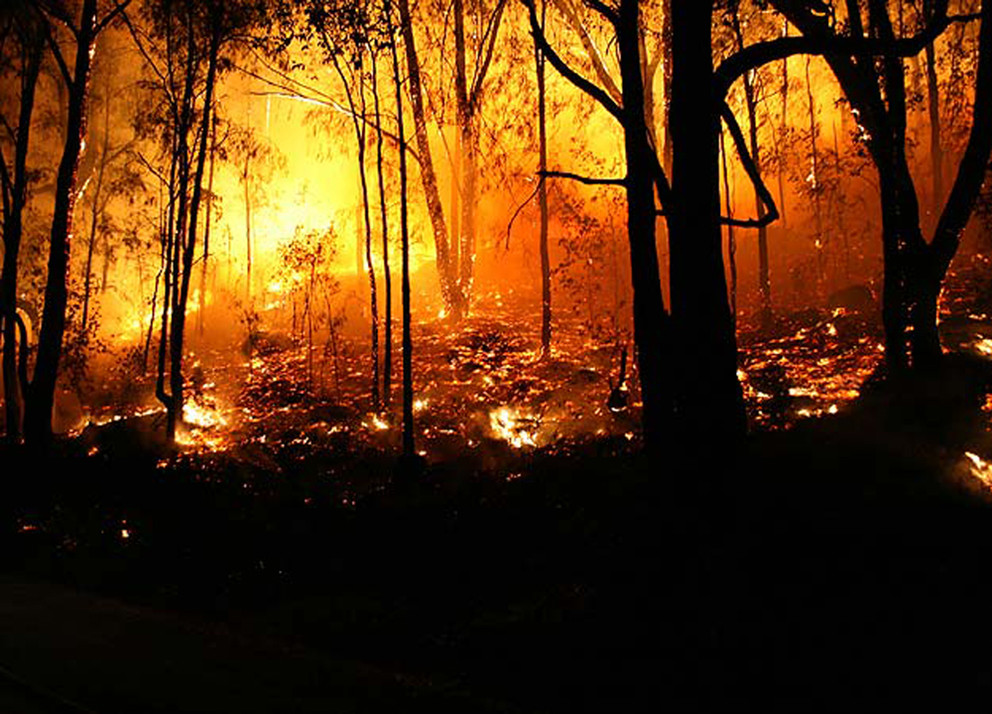
Western wildfires are the headline grabbers, but forests in the eastern United States are also fire-dependent and increasingly at risk because of fire exclusion, according to a researcher at Penn State University.
“Many people have been lulled into believing that it is just the West that is prone to devastating wildfires, but that’s not true,” said Marc Abrams, professor of forest ecology and physiology, who for three decades has studied the historic role of fire in Eastern forests.
“Fire has played an important role historically in the forest ecosystem in the eastern United States, but the balance created by frequent — but not catastrophic — forest fires was upset by the Smokey Bear fire suppression regimen beginning in the late 1940s. Now, Eastern forests, when faced with prolonged drought, are more vulnerable to hotter-burning, terribly destructive wildfires.”
Abrams’ research took on added significance following last year’s deadly wildfires in Gatlinburg and Sevier County, Tennessee, burned 150,000 acres, killed 14 people and damaged 2,400 structures.
More and potentially even larger, more deadly fires are possible in the years ahead, Abrams warned.
“The fires we saw in Tennessee were the worst in Eastern forests in my lifetime. The size of the area burned exceeded the number of acres that would burn in a normal year in the East,” he said. “It’s a reminder that the Eastern forests have always burned and are still pyrogenic, and because they are not managed with fire, they are now prone to have more catastrophic fires. The buildup of fuels is certainly a factor.”
Much of Abrams’ recent research has focused on Native American fire use in Eastern forests, and how those traditional “prescribed” fires produced higher yields of essential foods for tribes and wildlife alike.
Now, Abrams sees a unique confluence between the past, when frequent forest fires were interrupted by a period of almost none, and the future, when a changing climate may well result in more severe and more prolonged droughts — resulting in fires more destructive than ever before.
Read more about Abrams’ research and thoughts on Eastern forests and the effects of fire exclusion there in this story published by Penn State University.

Leave a Reply